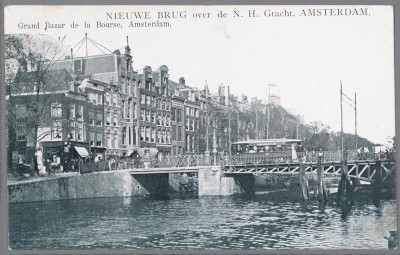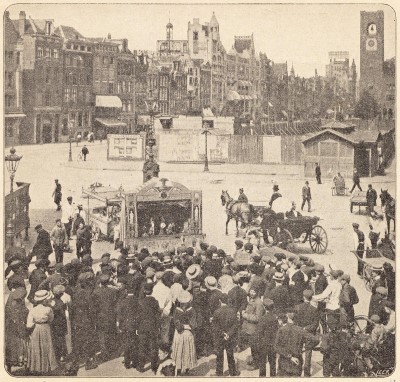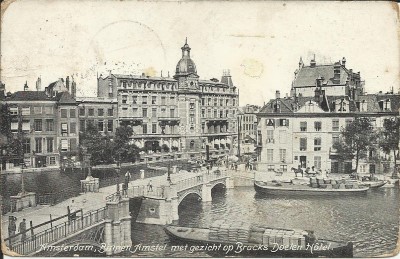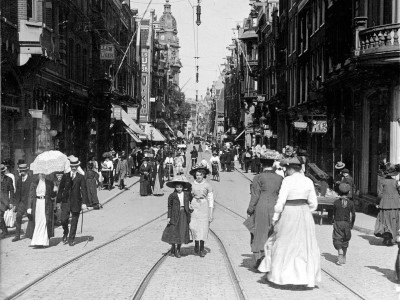Amsterdam
Amsterdam is the capital and most populous city of the Kingdom of the Netherlands. Its status as the Dutch capital is mandated by the Constitution of the Netherlands though it is not the seat of the Dutch government, which is The Hague. Amsterdam has a population of 837,155 within the city proper, 1,333,729 in the urban area and 1,603,531 in the metropolitan area. The city region has an approximate population of 2,431,000. The city is located in the province of North Holland in the west of the country, and is also North Holland’s largest city. It comprises much of the northern part of the Randstad, one of the larger conurbations in Europe, with a population of approximately 7 million.
Amsterdam’s name derives from Amstelredamme, indicative of the city’s origin as a dam of the river Amstel. Originating as a small fishing village in the late 12th century, Amsterdam became one of the most important ports in the world during the Dutch Golden Age (17th century), a result of its innovative developments in trade. During that time, the city was the leading center for finance and diamonds. In the 19th and 20th centuries the city expanded, and many new neighbourhoods and suburbs were planned and built. The 17th-century canals of Amsterdam and the 19-20th century Defence Line of Amsterdam are on the UNESCO World Heritage List.
1903. City of Amsterdam.

1904. City of Amsterdam.

1906. City of Amsterdam.

1909. City of Amsterdam.

1910. City of Amsterdam.
2016. City of Amsterdam.

